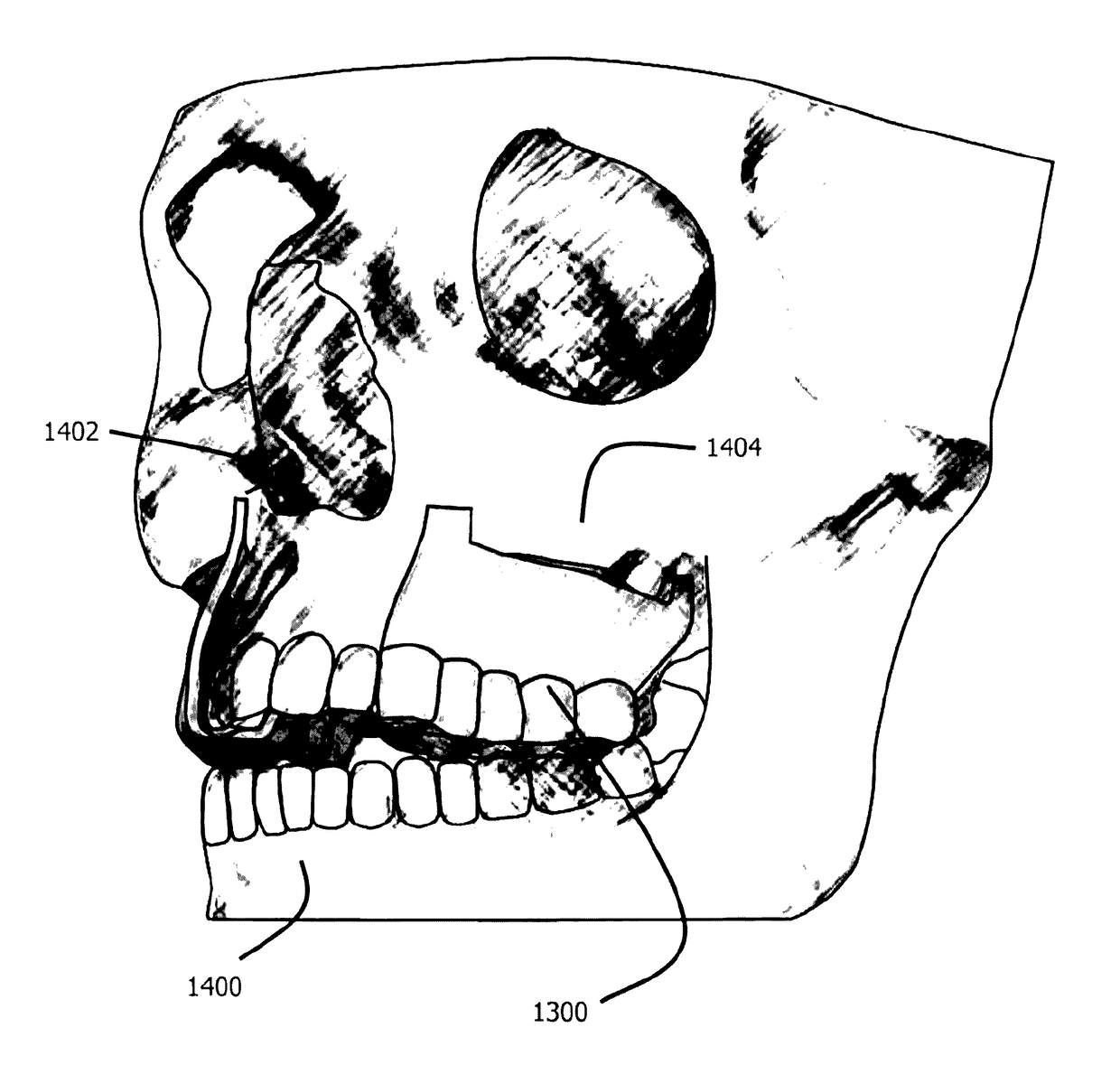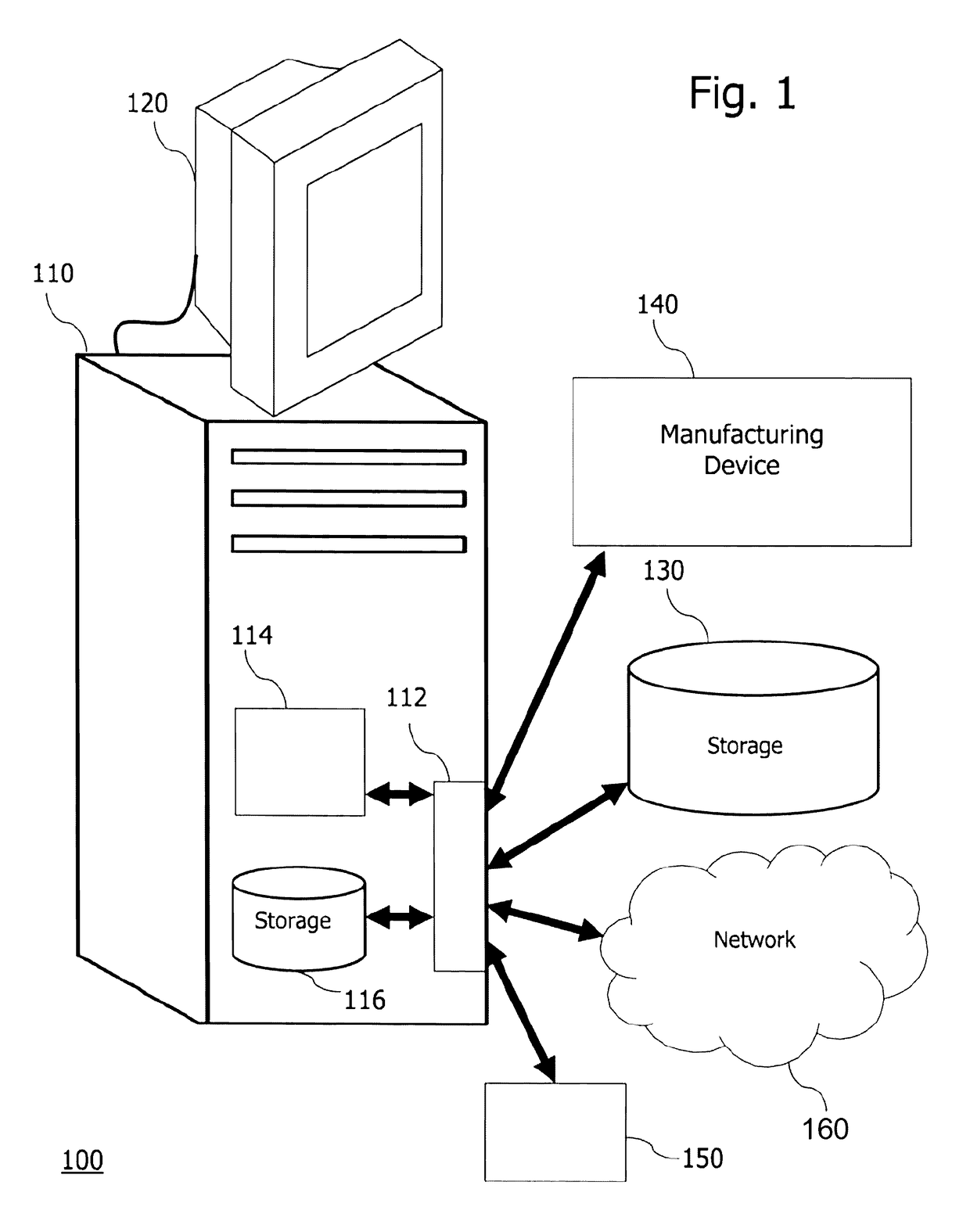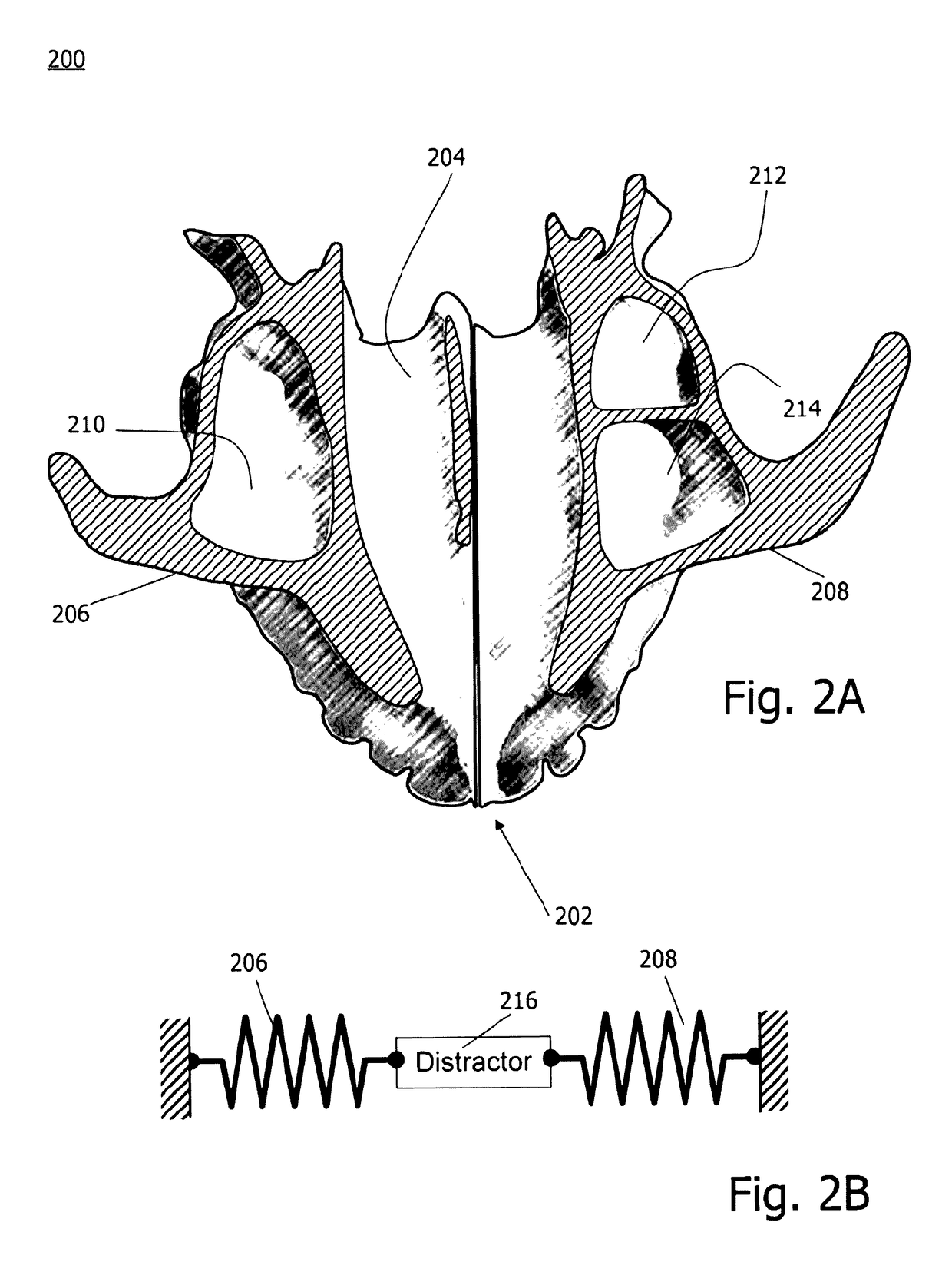Computer-implemented technique for defining a bone cut
a computer-implemented technique and bone cut technology, applied in computer-aided planning/modelling, instruments, surgery, etc., can solve problems such as unsatisfactory aesthetic results, and achieve the effect of combatting undesired skeletal asymmetry
- Summary
- Abstract
- Description
- Claims
- Application Information
AI Technical Summary
Benefits of technology
Problems solved by technology
Method used
Image
Examples
Embodiment Construction
[0042]In the following description of exemplary embodiments, for purposes of explanation and not limitation, specific details are set forth, such as particular methods, functions and procedures, in order to provide a thorough understanding of the technique presented herein. It will be apparent to one skilled in the art that this technique may be practiced in other embodiments that depart from these specific details. For example, while the following embodiments will primarily be described on the basis of an FEM implementation, it will be evident that the technique presented therein could also be implemented using meshless numeric models.
[0043]Moreover, those skilled in the art will appreciate that the methods, functions and steps explained herein may be implemented using software functioning in conjunction with a programmed microprocessor, an Application Specific Integrated Circuit (ASIC), a Digital Signal Processor (DSP) or a general purpose computer. It will also be appreciated tha...
PUM
| Property | Measurement | Unit |
|---|---|---|
| total displacement | aaaaa | aaaaa |
| total displacement | aaaaa | aaaaa |
| total displacement | aaaaa | aaaaa |
Abstract
Description
Claims
Application Information
 Login to View More
Login to View More - R&D
- Intellectual Property
- Life Sciences
- Materials
- Tech Scout
- Unparalleled Data Quality
- Higher Quality Content
- 60% Fewer Hallucinations
Browse by: Latest US Patents, China's latest patents, Technical Efficacy Thesaurus, Application Domain, Technology Topic, Popular Technical Reports.
© 2025 PatSnap. All rights reserved.Legal|Privacy policy|Modern Slavery Act Transparency Statement|Sitemap|About US| Contact US: help@patsnap.com



